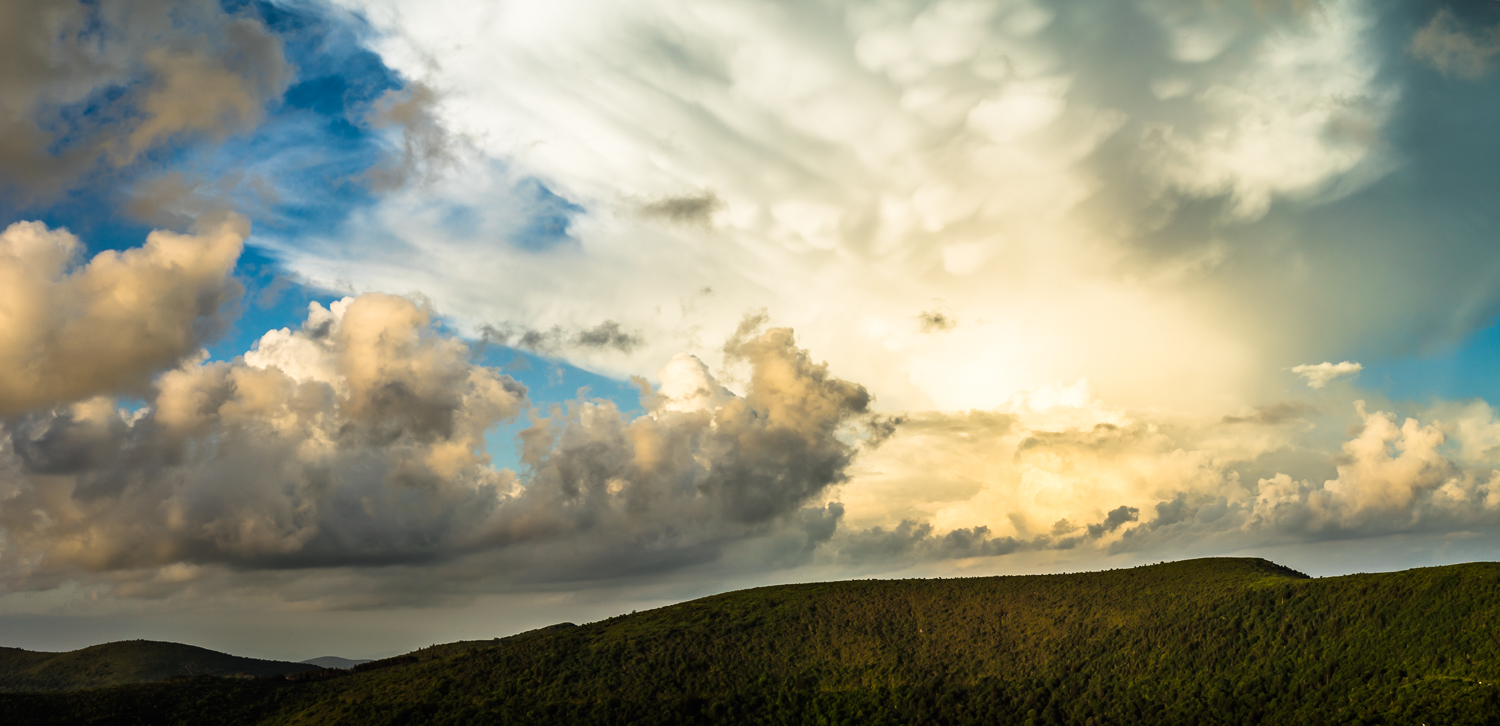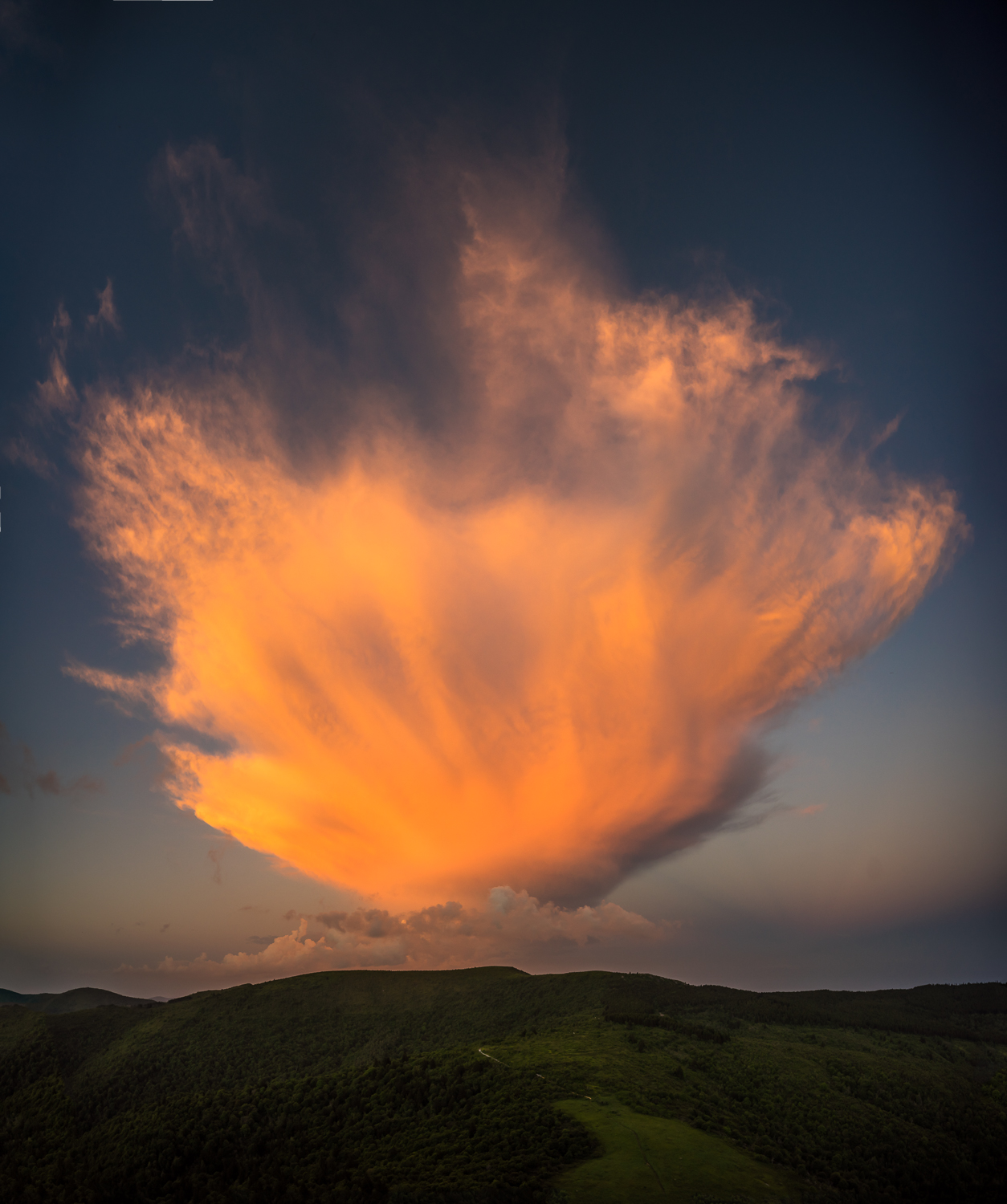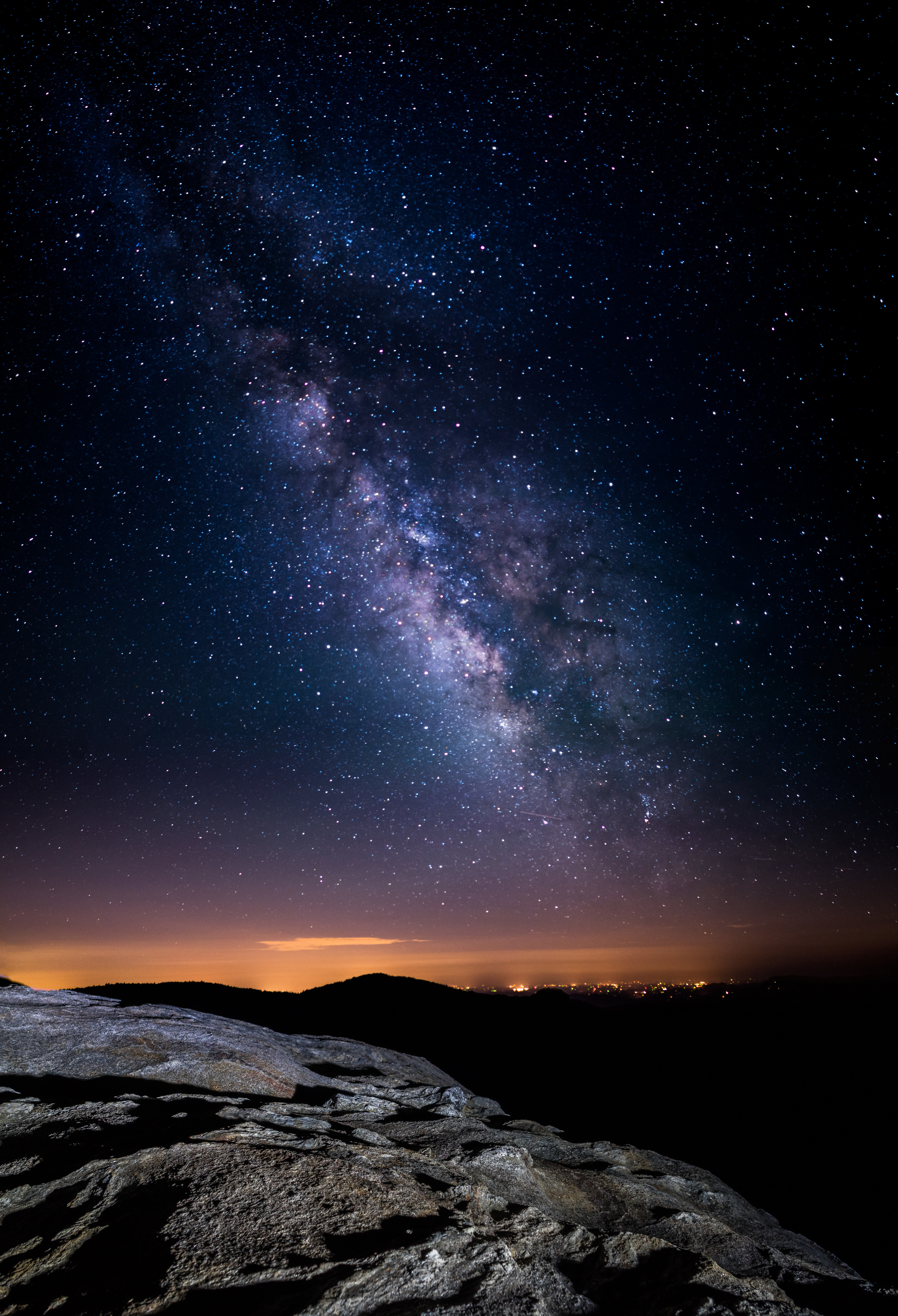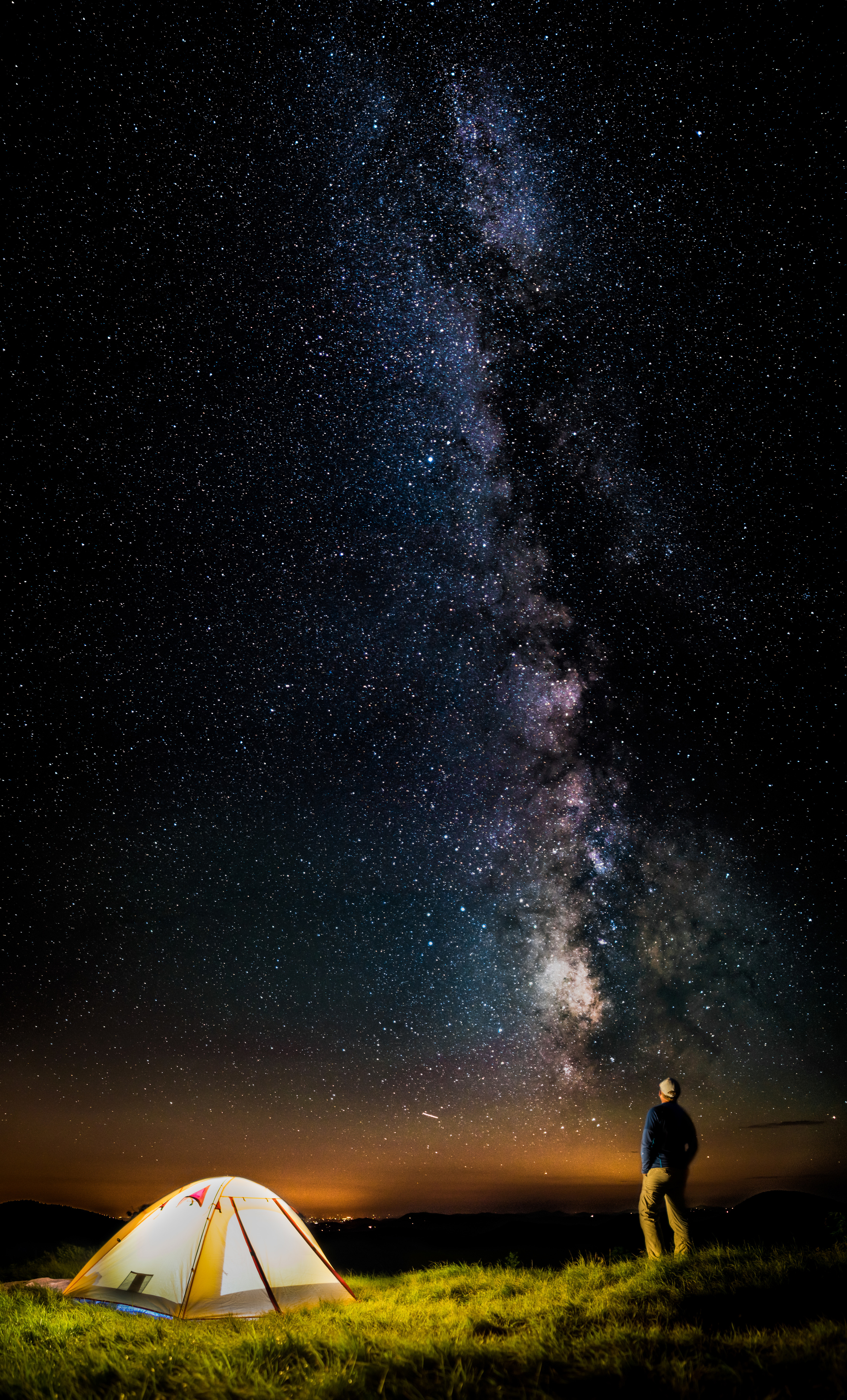Whenever we go on a family vacation we often search for a vacation home by owner to stay somewhere different than a standard hotel room...and hopefully have a unique view to photograph. So I was extremely excited when we found this restored Lifesaving Station isolated in the dunes near Currituck beach in the Outer Banks of North Carolina. It was perfect, an oceanfront rental, separated from the over-development and crowds at other beaches, with wild horses for neighbors, and vintage architecture to photograph! This Quonochontaug-type Life-Saving Station was built in 1903 and has a very interesting history:
Happy family!
The house made an interesting subject as it sat alone in the dunes very much like the sentinel watch station if was over a hundred years ago. Each sunrise and sunset I went out to take pictures of the home from the endless compositions the dunes provided.
But the house wasn't the only interesting subject. There are approximately 90 wild horses living on the island and occasionally they would walk right past the house. One morning I was lucky enough to find two of them playing in our front yard.
However I worked hardest at getting some night photographs of the Lifesaving Station as I imagined it, years ago, with it's lights on at night ready to rescue those in need.






















